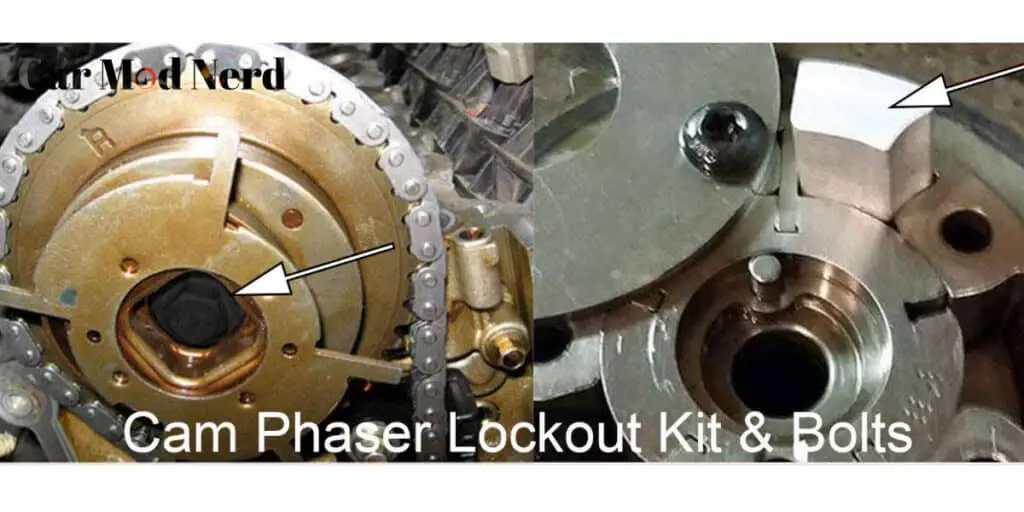Seat covers are a great investment for your ride. You need outstanding covers to prevent dust, dirt, spills, and other elements from ruining your car seats. With that in mind, seat covers are susceptible to various issues, and fading is no exception. Besides, worn-out covers can be unsafe.
Faded covers are many car owners’ worst nightmare, and rightly so. After all, they undermine vehicles’ visual appearance and perceive value. That said, you can prevent your car seats from fading by:
- Keeping out excess sunlight
- Maintaining low in-car temperatures
- Using quality conditioners for leather seat covers
Keeping Out Excess Sunlight
Exposing your vehicle to excess sunlight can damage numerous internal components over time, including car seat covers. That is why parking in a garage, carport, or any other shaded place is highly advisable.
Considering the above, finding a good parking spot can be challenging. Plus, you may have to drive under a blazing sun at some point. In either case, quality windshield sunshades can be extremely helpful.
When you place a sunshade on your windscreen, it reflects sunrays, thereby protecting car seat covers from exposure and, consequently, fading.
Maintaining Low In-Car Temperatures
Discouraging extreme in-car temperatures is highly advisable because excess heat facilitates fading in your seat covers. That is why recommended temperature is between 70 and 77 degrees.
Simply put, if you want your car seats to maintain their luster longer, encourage heat dissipation from the car. You can do that by cracking the windows open or switching on the AC whenever your car traps hot air.
You can get different seat covers for summer and winter though.
Using Quality Conditioners For Leather Seat Covers
Conditioners like Chamberlain’s Leather Milk can stave off fading by adding a protective coating on your car seat covers.
The additional layer achieves its purpose by locking in moisture. Additionally, it limits direct contact between your car seat covers and adverse elements like excess sunlight.
Before using specific conditioners, check user reviews to ensure they are top-quality. That’s important because harsh products can damage your car seat covers.
Things Not to Do For Cat Seat Cover Maintenance
- Don’t use a washing machine to clean your car seat covers before checking if it’s machine-washable. Remember, covers with sewn-in foam padding should only be hand-washed to prevent components from breaking down prematurely. Remove the seat covers properly so nothing is damaged. And install them correctly. There’s no shame in getting professional help for proper installation.
- Don’t clean car seat covers with a stiff bristle brush. Use an item with soft bristles because the former can make fabric frail and cause premature damage.
- Don’t clean car seat covers too frequently. Depending on how regularly you use your automobile, Once every three months might be enough. But you can do it sooner if you notice obvious signs of grime, dirt, or off-putting smells.
- Different types of seat covers need different care.
Importance Of Cat Seat Cover Maintenance
- It ensures the exterior material is clean. Car seat covers can stain easily, especially if you drive around with kids or pets. Maintenance ensures these components look great most, if not all, of the time.
- Well-maintained car seat covers can last for years. Conversely, if you ignore regular maintenance, their lifespan becomes shorter.
- Car seat cover maintenance eliminates unwanted odors. Remember, new car seat covers contain organic compounds that lend them the “new car smell.” On the other hand, old components accumulate diverse odors with use.
- Proper maintenance can restore your covers’ original condition.
- Always get a compatible seat cover for your new car to keep your car upholstery in mint condition.
Read the car seat cover buying guide for Ford F150 and RAM 1500. Don’t forget to ensure your seat covers are fitted properly.




